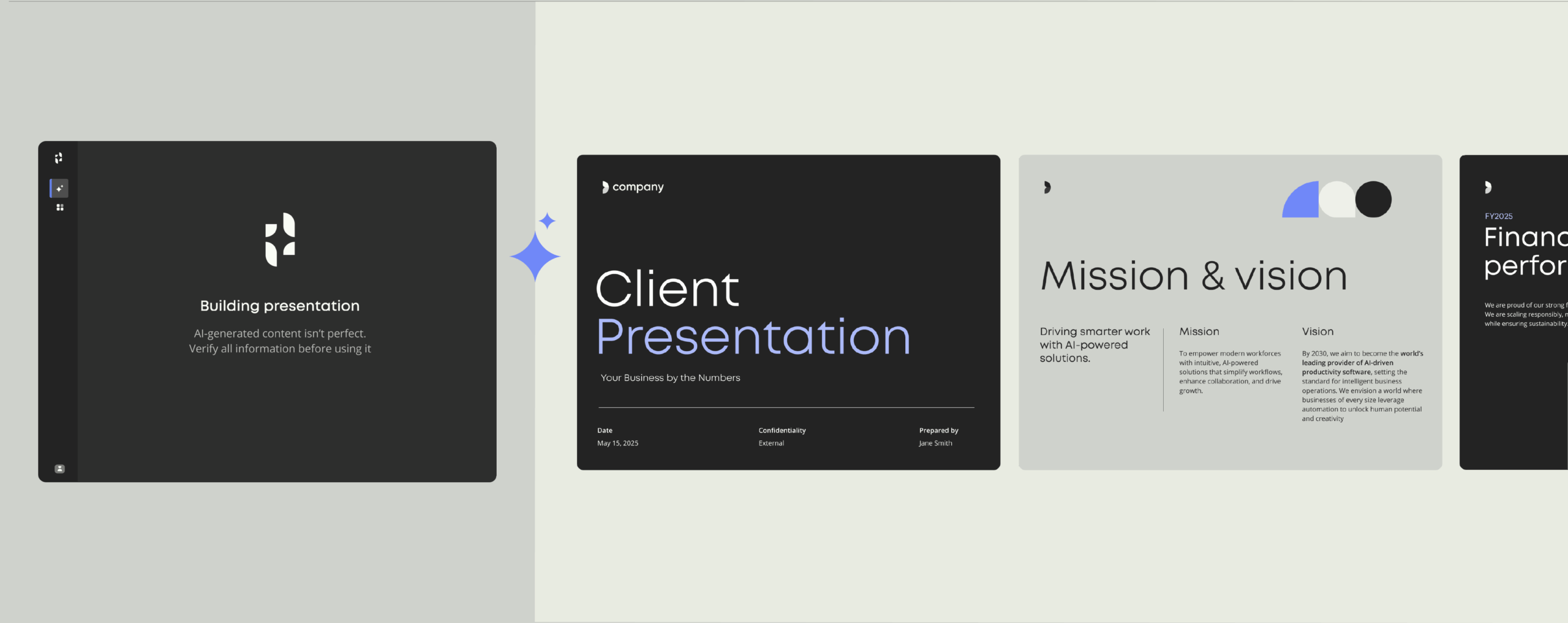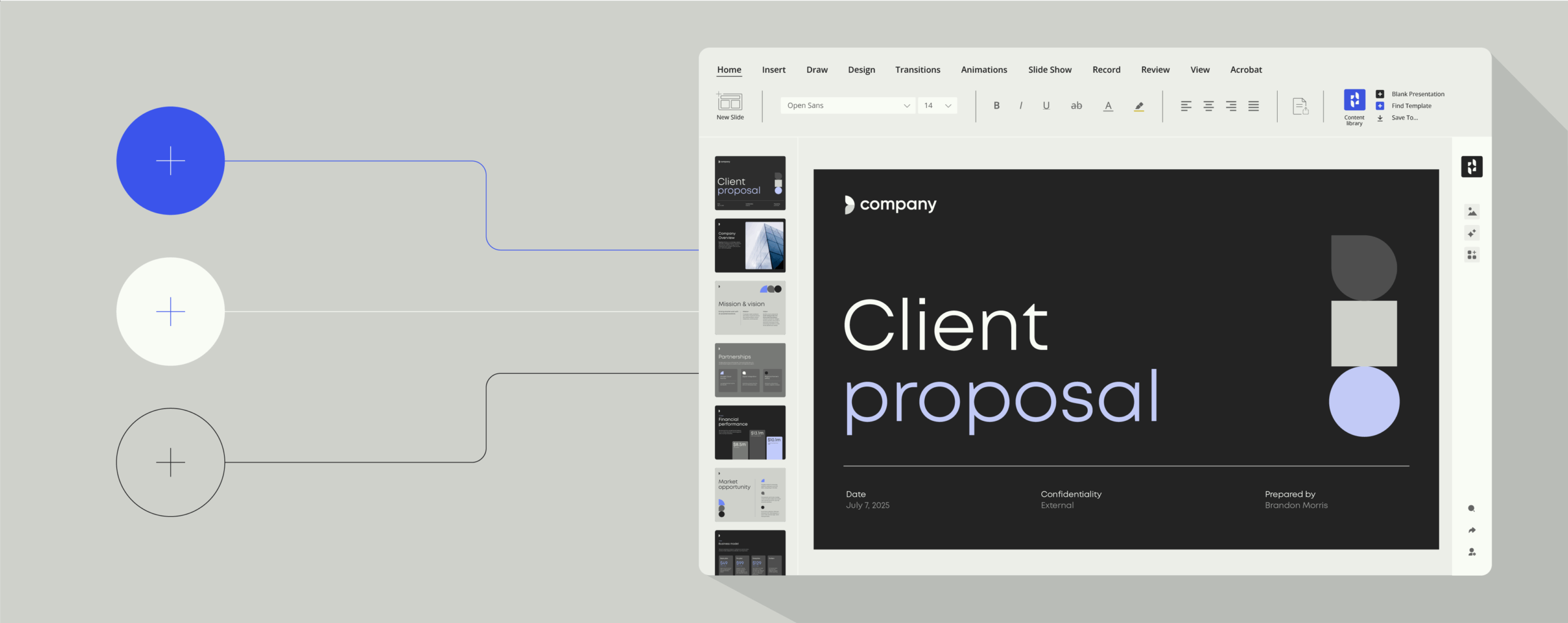Optimize employee productivity in management consultancy

In 2021, the global consulting market stands as one of the largest and most developed markets in the trillion-dollar professional services industry.
Currently valued at around $919.3 billion, the consultancy sector has enjoyed year-on-year value growth and industry headlines such as the Big Four’s combined annual revenue of a staggering $157 billion. Even the pandemic couldn’t stop the sector’s unwavering success, and although 2020 saw a slower growth rate of 1.9%, experts predict from 2021, market growth will rise to a CAGR of 8%, reaching a value of $1158.3 billion by 2023.
Despite its huge wins and projected value, the consulting sector has also experienced a steady decline in revenue growth since 2015. Today’s consultants are battling with massive disruption from low-cost competition such as boutique firms and freelancers, as well as trends such as the growth of in-house consulting teams.
A constant stream of digital mergers and acquisitions by big players in the market is serving up another hard blow. For instance, there’s Capgemini’s merger of its consulting, digital and creative units to form Capgemini Invent – a 6,000 person supergroup of advisors and digital creatives and Accenture’s push to create the world’s largest digital agency’ with its undisclosed (but likely astronomically costly) purchase of Karmarama. Powerhouses such as PricewaterhouseCoopers, IBM, Deloitte, and BCG have also made significant moves on the digital M&A scene.
In this highly competitive scene, findings from a report conducted by Deltek on consulting firm trends make for daunting reading for those in the industry. The study, surveying 700 senior decision-makers from more than a dozen countries, found a collective and pervasive concern among c-suite and business leaders about the future.
Only 19% expected their firm to be digitally “advanced” within five years, and many deemed their company ill-equipped to tackle future challenges. A strong desire to improve internal systems and operational efficiency was apparent.
View the infographic: The true value of productivity in consulting
With the global cost of unproductivity currently estimated at $7 trillion, firms can no longer ignore issues of employee productivity and inefficient processes. For today’s professional service firms, embracing available technology is the step needed to tackle the deficits of internal structures.
Here, we take a look at how tech-led approaches can optimize employee productivity and workflows, helping businesses not just survive but thrive in today’s competitive landscape.
Crack the code to better proposals
Build better documents at scale
1. Optimizing operational efficiency to outshine the competition
More competition in the consultancy sector has inevitably led to a change in client behavior and demands.
According to Deltek, these more ‘complex’ demands are defined by corporate buyers becoming ‘pickier,’ with firms turning to a number of suppliers for different needs and pushing back against traditional concepts such as billable hours.
This means today’s firms need to be agile, with flexible structures to cater to changing demands. They also need to ensure they aren’t losing out to competitors who can deliver greater, more consistent output through superior internal operational efficiency.
Deltek also found that clients are placing a much bigger emphasis on transparency of costs, which adds even more pressure on firms to optimize internal workflows and productivity. In a fight to remain the preferred client-supplier, consultancy firms need to be demonstrating exactly what they are doing and how long these processes are taking.
Here’s where everyday workplace inefficiencies can leave a company exposed and lagging behind its competitors. Each year about $10,000 is wasted on mismanaging digital assets, and on average, professionals spend nearly half their workday searching for information. A further 21.3% of organizational productivity loss can be attributed to poor document management.
2. Attracting talent with tech
On the subject of a happy workforce, Deltek’s study also revealed a major concern for consultants is talent recruitment – with 44% of respondents stating that hiring top talent is a problem for their companies.
Industry commentators cite an increased demand for flexible employment such as remote working and the rise of the freelance market as the main culprits for the market’s recruitment problem. Yet, rather than fear the rise of this growing community of workers, businesses should be using remote technologies to produce digitally forward-thinking infrastructures that are more appealing to these flexible workers.
As demonstrated by the recent explosion of co-working spaces, remote working is now a viable solution that any modern enterprise can offer those on its payroll. With advances in internet speed, IT-infrastructure, and cloud-hosted collaboration tools, employees and clients can exist in each other’s ecosystems, offering a more agile workflow process. The result is a more connected, productive workforce. In fact, 77% of employees claim to be more productive due to flexible working.
Editor’s note: FAQ: What every consultancy needs to know about Templafy
Empowering employees with technologies that make daily tasks easier is also an effective strategy for keeping employees engaged. “Engagement translates to productivity,” claims consultancy firm Gallup. The team backs up this statement with data from their global employee engagement database, which found that organizations in the top quartile for engagement are 17% more productive and 21% more profitable than those in the bottom quartile.
3. Automating client deliverables
The manual creation of client deliverables such as documents, reports, and presentations is another process preventing consultancy firms from maximizing internal employee productivity.
In Deltek’s survey, 58% of consultants revealed that they spend hundreds of hours producing reports, with 57% also stating that they couldn’t create reports fast enough to meet critical decision-making deadlines.
Read next: 7 essential tips for mastering PowerPoint as a consultant
A 2019 Forrester’s report which analyzed the productivity of 50,000 employees in relation to Templafy’s template management software, found similar results. The study concluded that manual content creation processes slow down employees who are spending an average of 16 hours a week creating documents, presentations, and other content within Office’s software suite.
In contrast, after introducing Templafy’s productivity-centric solutions, employees were enabled to unify their workflow and automatically build proposals with easy access to the correct company content and supporting tools. The results Forrester reported included a 50% reduction in time taken to create customer-facing documents and presentations, increased compliance, and a 95% reduction of IT resources.
For any company creating business-critical documents daily, whether it’s contracts, proposals, sales quotes, or audit reports, the automation of manual, repetitive tasks is clearly an essential step to remaining competitive in today’s challenging consultancy industry.



